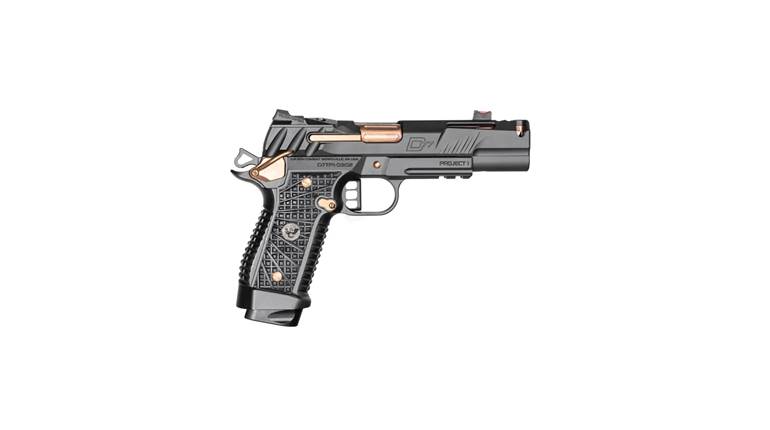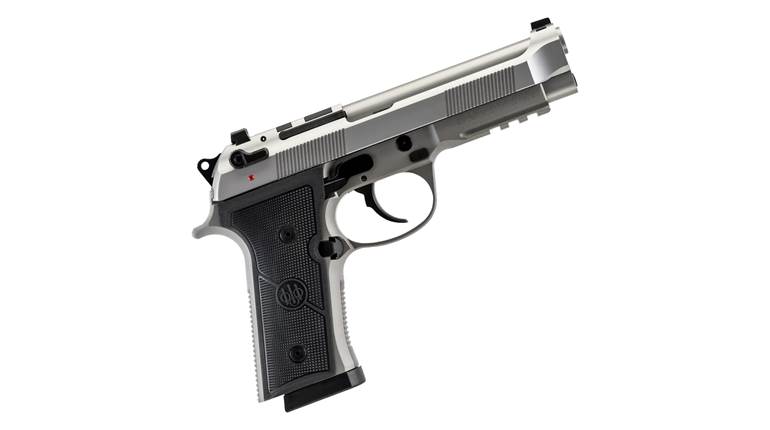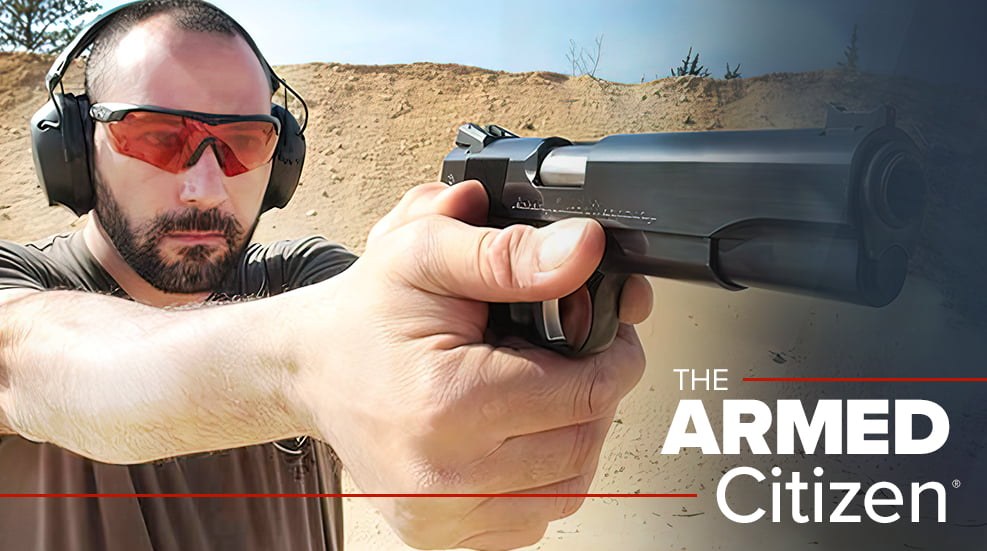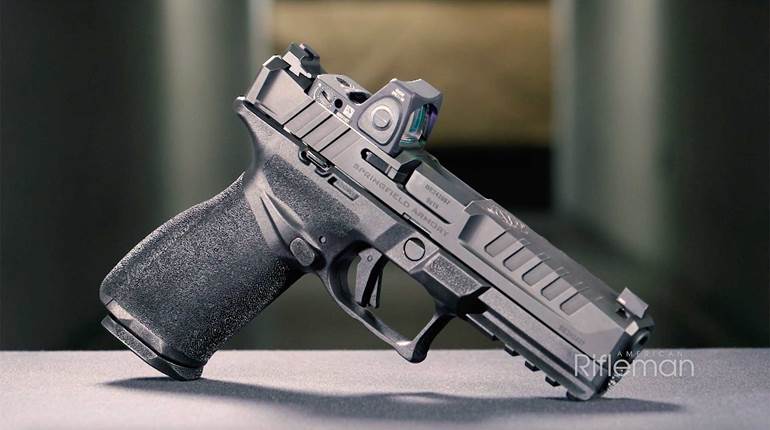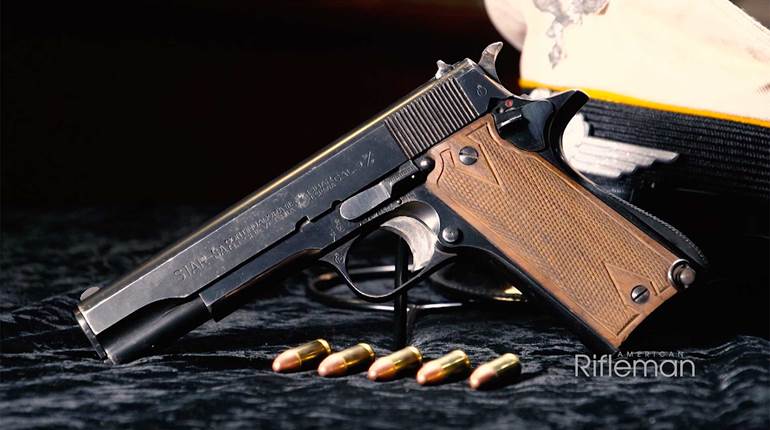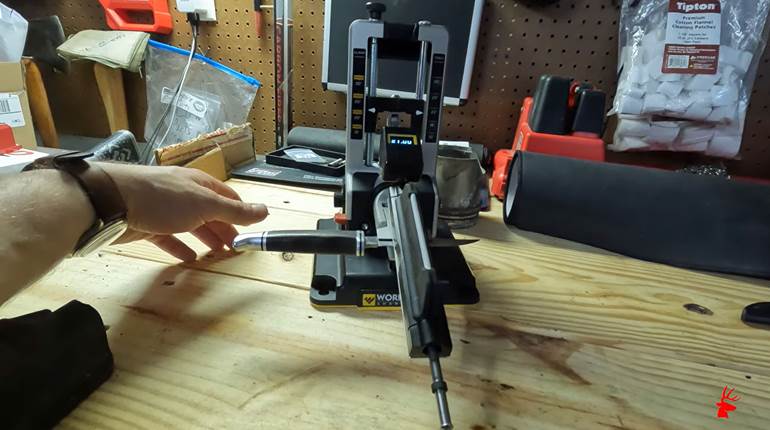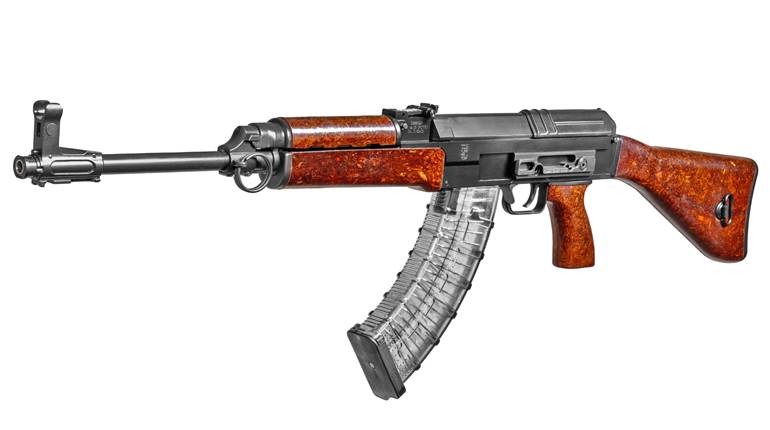In the early 20th century, the semi-automatic handgun was in its infancy, and as a result, many different designs were seen as inventors and users refined their idea of what the concept ought to look like. The M1907 Roth-Steyr was one of the earliest semi-automatic martial pistols adopted, and it was used by the Austro-Hungarian cavalry. Watch our "American Rifleman Television" I Have This Old Gun segment above to learn about this unique pistol.
"Right in that last decade of the 19th century, right on the cusp of the 20th century, there was a lot of experimentation in semi-automatic designs for handguns. And as these designs progressed, they started getting some interest in European militaries as to the practical applications of these, particularly as it pertained to cavalry use," American Rifleman Executive Editor Evan Brune said. "One of the early innovators and one of the financial backers for a lot of the experimentation and subsequent production was a man by the name of Georg Roth. Now, Roth was a designer himself. But more importantly, he brought the money, and he brought the connections necessary to see some of these early designs through."

Roth worked with several handgun designers in the early 1900s, ultimately developing the M1907 Roth-Steyr, which was a locked-breech, semi-automatic pistol chambered for a proprietary 8 mm Steyr handgun round. The gun, notably, used an internal box magazine, which had to be loaded from the top of the action.
"To load the piece, you pull the slide back, lock the slide to the rear, and you had an interesting clip with kind of a sliding little plunger that actually pushed all the cartridges right down into the magazine," said American Rifleman Field Editor Garry James. "Pull that out, close the slide, and you were ready to go."

Unloading the pistol was a messy task. An internal stop prevented rounds inside the gun from exiting the magazine well when the breech was open. A button located on the left side of the frame disengaged this stop, allowing all the cartridges to shoot out from the top of the action, expelled by pressure from the magazine spring.
"So, again, this is a sort of a steampunk-looking gun, right? I mean, we think of pistols today like the Colt 1911, which was adopted shortly thereafter, or the modern Glocks or the SIGs, you know, you have to realize, in 1907, they weren't absolutely convinced of what should be a standard handgun," said NRA Publications Editorial Director Mark Keefe. "You know, they weren't wed to the magazine and the grip, even though this gun had it. But the lines of the guns hadn't been completely worked out yet, and that's very evident from the 1907 Roth Steyr."

The M1907 Roth-Steyr was used extensively throughout World War I, and after the war, large numbers of guns were given to the Italian military as war reparations from Austria. Italian military use continued through World War II, and the pistol saw use by a number of other countries in eastern Europe, particularly Yugoslavia and Poland.
"The Roth-Steyr is a remarkable design for its time, particularly because it had a couple of unique features that we think of as being components of later handgun designs, and in fact they were really pioneered in the Roth," Brune said. "This was a gun that was designed for cavalry use, and so they approached the design thinking about how it's going to be dropped, it's going to be jarred, it's going to face a lot of unique situations that other handguns aren't really going to face in a military setting. And what they come up with is really remarkable."

To watch complete segments of past episodes of American Rifleman TV, go to americanrifleman.org/artv. For all-new episodes of ARTV, tune in Wednesday nights to Outdoor Channel 8:30 p.m. and 11:30 p.m. EST.
